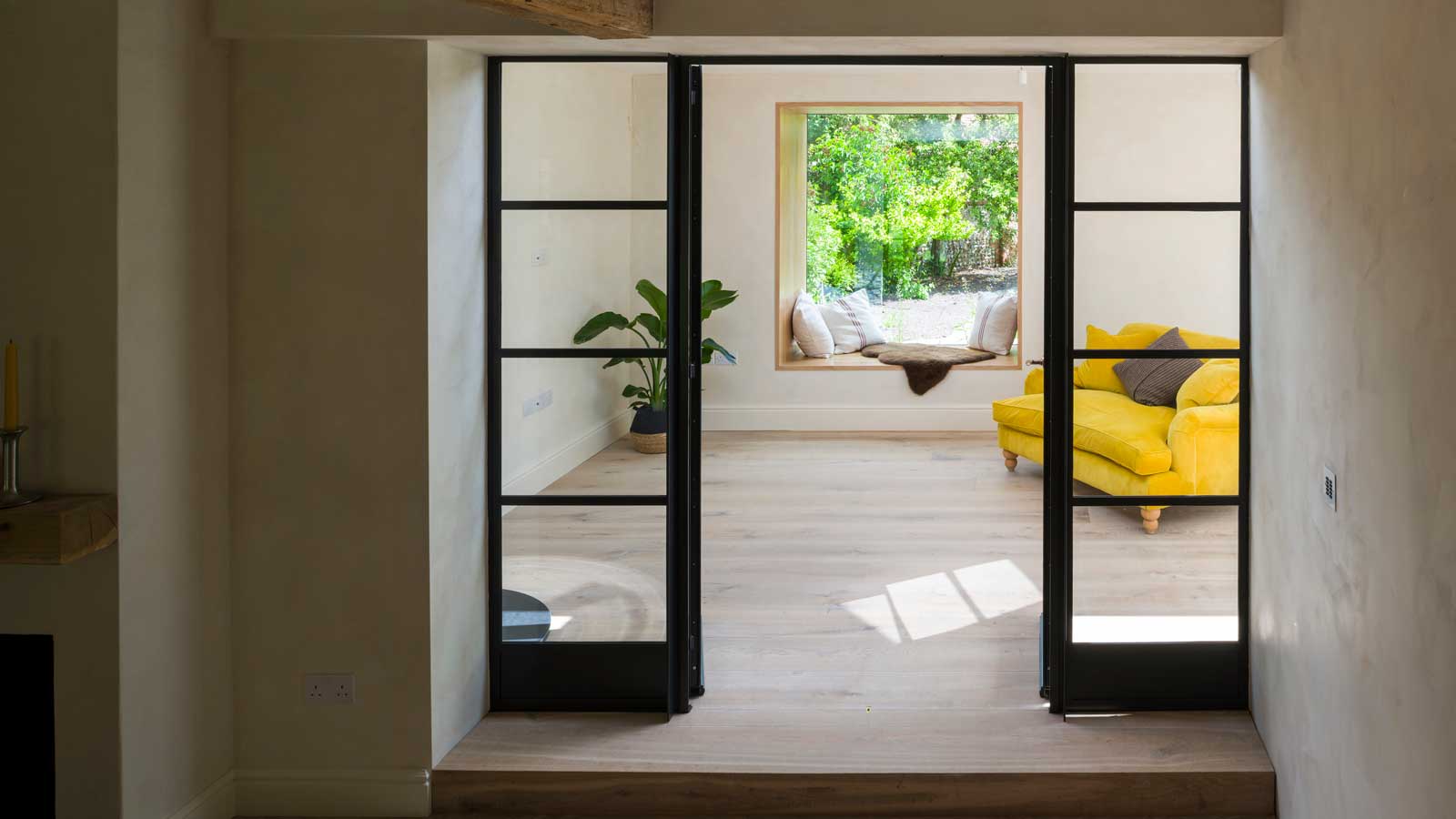What do new windows cost during a build? What to budget for uPVC, timber and aluminium glazing
Whether you’re self-building or renovating, glazing is likely to account for a significant percentage of your costs. Our expert reveals what you should budget for different types of windows and the cost factors to consider
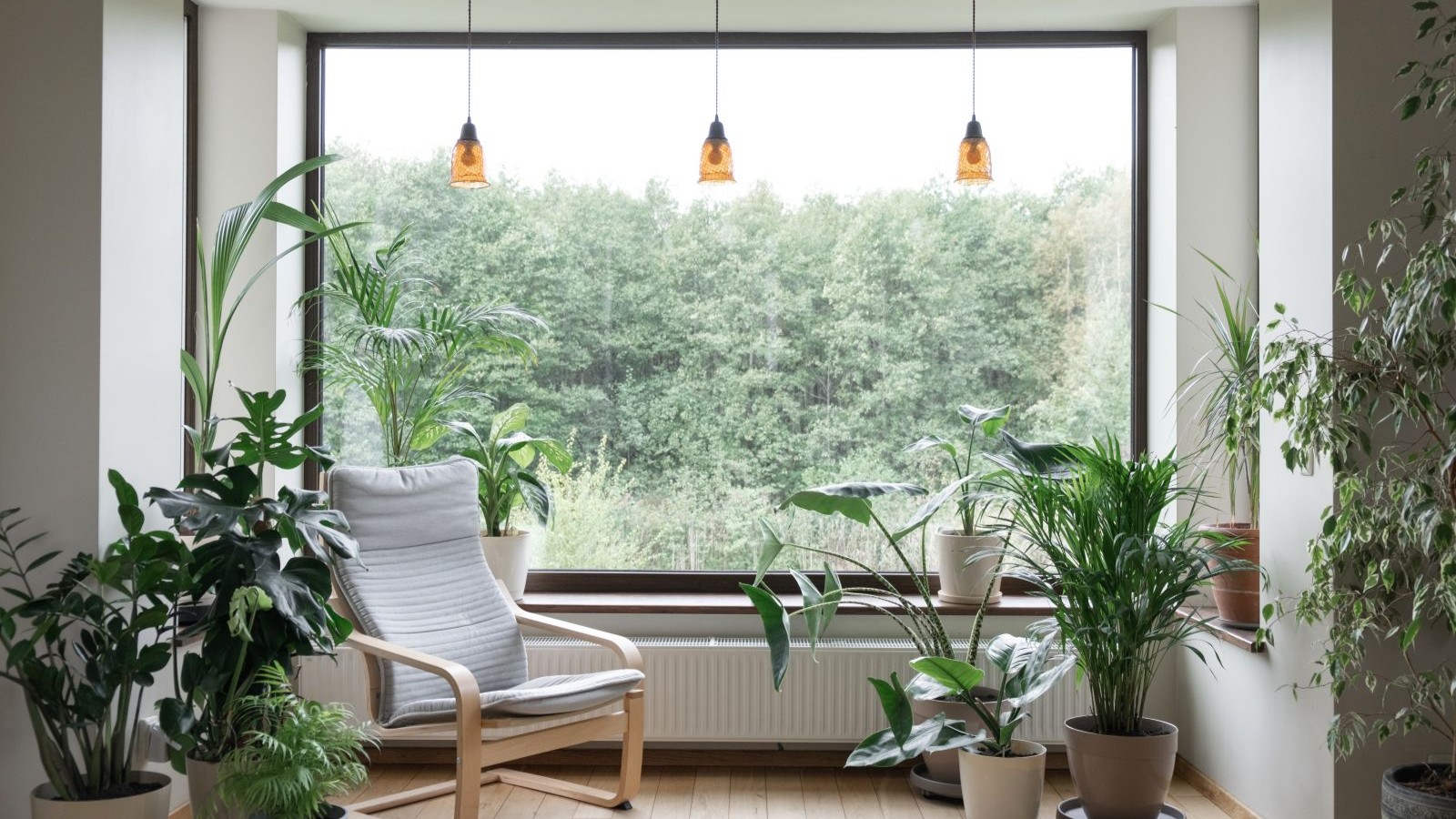
Replacing the windows in your home is a significant investment, and understanding the costs involved is key to making informed decisions. Window costs are influenced by material, style, size, and updated regulations, making careful planning essential. This comprehensive guide provides updated insights to help you budget effectively and make the correct choice for your renovation or new-build project.
Costs for new window styles vary widely depending on size, material, and design style. For a standard 1200mm x 915mm casement double-glazed uPVC window, expect to pay around £650. For a typical four-bedroom detached house with 15 standard windows, the total cost is approximately £6,750.
If your property is listed or in a conservation area, restrictions may dictate the type of windows you can install, often requiring bespoke timber options. Always check with your local authority to avoid costly mistakes. Additionally, conservation area compliance often means higher costs due to specific design and material requirements.
What cost factors are there for new windows?
There are a number of factors that will play a part in the overall cost of your new windows, so it’s important to take these into consideration when making your choices.
Ryan Schofield, managing director at Thames Valley Window Company advises: "A detached four-bedroom traditional property with around 12 to 15 timber or aluminium windows, supply only, would be around £8,000 - £12,000 plus VAT. For a quality uPVC alternative, we would expect the cost to be in the region of £6,000 - £9,000 plus VAT."
Material
uPVC windows are still the most affordable option, with prices ranging from £600 to £1,400 per casement window. Coloured or textured finishes, such as woodgrain effects, can add around 10-20% to costs.
Aluminium windows are favoured for slim sightlines and modern aesthetic but you should add about 25% to uPVC costs, ranging from £750 to £1,750. Timber windows typically costs 50% more than uPVC.
Softwood windows range from £800 to £2,000, while hardwood options like mahogany cost £900 to £2,300. Thermally modified woods, like Accoya, range from £1,225 to £2,300 and offer excellent durability and sustainability.
Style and mechanism
It makes sense that the more mechanism you have built into your window opening, the higher the cost will be. For example, tilt and turn and bifold windows have a complicated locking system and would be more expensive than a simple opening top/side light of the same dimensions.
Casement windows remain the most economical style, with tilt-and-turn options costing 25% more. Sash windows cost approximately 50% more than casements, and bay windows can be double the cost. For period properties, sash windows or heritage styles may be essential to maintain architectural integrity.
Fixed picture windows should be cheaper as there is no mechanism involved, although the sightlines and quality can affect this.
Glazing options
There are four main areas of consideration when it comes to glazing: sound insulation, thermal properties, security/safety, and decoration.
- Double-glazed windows are about 30% more energy-efficient compared to a single-glazed pane, while triple-glazing can add another 20% efficiency on top of that. With energy prices set to skyrocket, these choices can make all the difference in future heating costs, so remember to factor in potential savings as well as the initial triple glazing costs and double glazing cost when fitting the windows.
- Acoustic glazing options are also available at a premium, with triple-glazing providing the best option for lowering the decibels. However, a standard double-glazed window will sometimes provide a sufficient sound barrier to the outside without any extra cost. You may need also a film or coating added to the surface of the glass to fulfil a particular need. Insulation, glare reduction and UV blocking-to protect soft furnishings and flooring from fading are available. Privacy films will allow you to look out but prevent anyone from looking in. Decorative or frosted films are cheaper than obscure glass but will not have the same quality of finish or longevity.
- Security films can hold the glass in the frame if broken, which may be especially attractive if, for example, your property overlooks a golf course or cricket ground. As with all of these variants, the more requirements you go for, the costlier it will be, but after all, you need to pay for what matters most to you, which is important to keep in mind when budgeting. Enhanced energy-efficient coatings are now standard in many window packages due to updated Building Regulations.
Size
Most window sizes are usually made to measure, which in itself increases the cost, and that's before you even select a material or style. If you are fortunate enough to be undertaking a new build, you should carefully consider the window sizes specified by your architect, as significant financial savings can be made with very small adjustments to enable the purchasing of standard-sized windows.
Most builders follow regular-size offerings because of their cost efficiencies. The standard heights for uPVC windows are 450 mm, 600 mm, 1050 mm, 1200 mm, 1350 mm, and 1500 mm, while standard widths include 488 mm, 630 mm, 915 mm, 1200 mm, and 1770 mm. These sizes generally apply to aluminium and timber windows too, with aluminium options ranging from 350mm to 1500mm in height, and from 300mm to a maximum of 1400mm in width.
Special features
Additional features like integrated blinds, decorative glazing, or specialised safety coatings contribute to increased costs. Privacy films and UV coatings are also popular and add between £50 and £100 per pane.
Location and access
Properties in difficult-to-access locations or with multi-storey installations may incur extra costs for scaffolding or specialist equipment. Urban areas, where space is limited, often require additional planning for installation logistics. Also, properties in coastal areas often require marine-grade materials to resist corrosion, which increases costs by 15-20%.
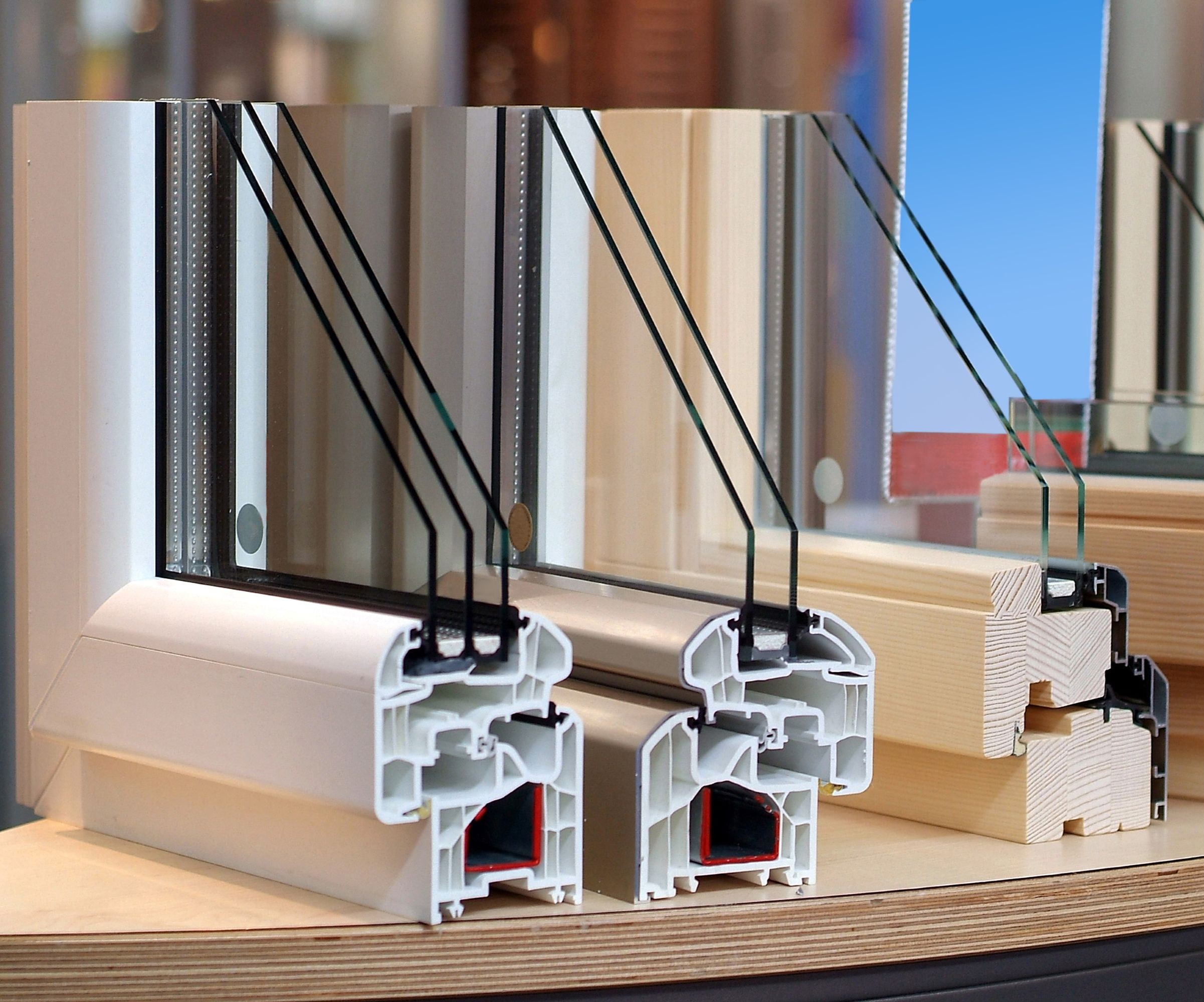
Glazing technologies
Modern glazing technologies offer increased functionality, energy efficiency and convenience, but with added costs. These features are designed to meet specific needs, such as reducing energy consumption, increasing safety or lowering maintenance.
Self-cleaning glass
This is treated with a special coating, which reacts with sunlight to break down dirt and grime, all of which gets washed away by rainwater. It is, however, most useful for those windows that are out of reach or for properties that face a lot of dust or pollen. Self-cleaning glass usually adds 15-25% to the base price of a window. For a standard casement window, this means an increase of £50-£150 per window depending on the size and manufacturer. Although the initial cost is much higher, the reduced need for cleaning can save money over time – especially for large properties or windows in challenging locations.
Low-E glass
This type of glass features a microscopically thin metallic coating that reflects heat into the room while still letting light through. It is very popular among homeowners who want to reduce energy bills and enhance comfort as it keeps heat inside during winter and cuts solar gain during summer. It can reduce heating bills by up to 20% per year and blocks up to 90% of harmful UV rays, which prevents fading in furniture and flooring. Low-E glass generally increases the cost of standard double glazing by 10–20%. This means that a typical casement window could be £40–£120 more expensive, depending on the size and type of coating. Over 10 years, the energy savings from Low-E windows can outweigh the initial higher cost, especially in colder climates.
Secondary glazing
For those homeowners who cannot replace windows in listed buildings or those in conservation areas, secondary glazing is a very practical alternative. This is a method where an additional layer of glazing is installed internally on the inside of an existing window to offer improved sound insulation, thermal performance, and security without even touching the original window.
Secondary glazing can pay dividends in those properties that have restrictions on the replacement of original windows, such as listed buildings, or where retaining the aesthetic of period features is paramount. It's also ideal for dramatically improving single-glazed window performance without the significant investment of their full replacement. Key benefits are as follows:
- Improved sound insulation The addition of a second layer of glass provides noise reduction of up to 80% with secondary glazing, which makes it ideal for homes that are located near busy roads, railways, or airports.
- Improved thermal efficiency Secondary glazing can cut heat loss by up to 65%, hence improving comfort and helping to reduce energy bills in older homes.
- Reversibility Secondary glazing is a reversible adaptation and thus easily meets the requirements for heritage and conservation.
- Cost-effectiveness This is generally considerably cheaper than replacement windows, and is more appealing to those trying to watch a budget, fixed secondary glazing ranges from £150 per window with sliding starting from £300, but offers the added benefit of ventilation.
In the case of listed buildings, strict regulations regarding the alteration and replacement of original features, including windows, are common.
This is where secondary glazing offers an answer that can dramatically enhance the energy efficiency and acoustic performance of the house without ruining its character. Before proceeding, it's always advisable to consult your local conservation officer to ensure compliance with specific regulations.
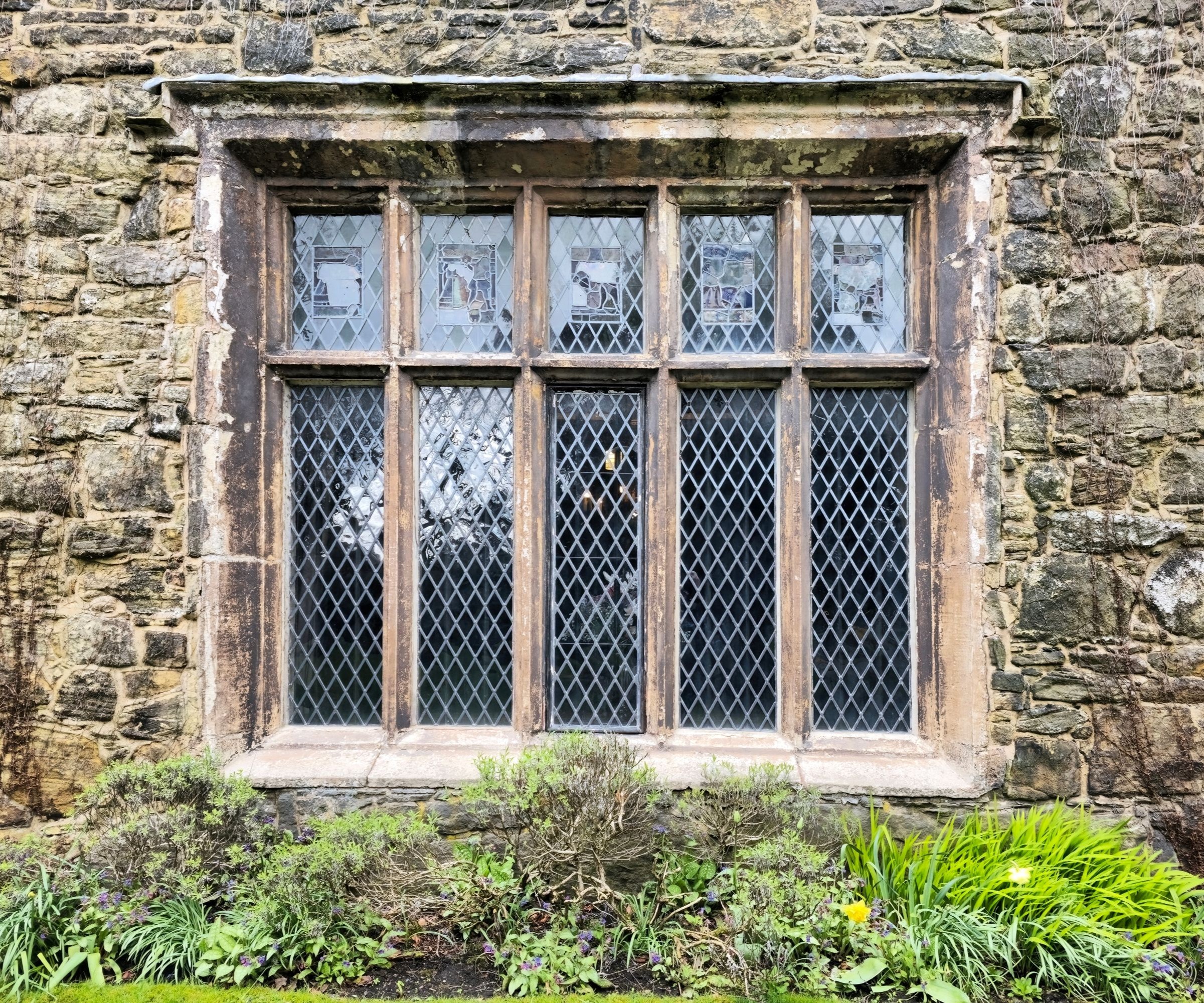
Costs for renovating windows
Window renovations can be a cheaper alternative to outright replacement, especially for period properties or where specific repairs are all that are needed.
Many issues, from resealing double-glazed units to the repair of timber frames, can be sorted at a fraction of the cost of installing brand-new windows.
It’s worth noting, however, that if the frame is damaged, too, or if the window is more than 15-20 years old, it may be better value to replace the whole unit.
Repair Type | Average Cost per Window | Details |
Seal Replacement | £50–£100 | Includes resealing the glass unit and re-establishing energy efficiency. |
Replacing Glass (per pane) | £100–£250 | Costs depend on size and glazing type (e.g., standard, toughened, or Low-E). |
Repairing Hinges or Locks | £50–£150 per component | Repairs to improve functionality and security. |
Handle Replacement | £20–£50 | Simple replacement to improve operability. |
Repairing timber windows
In most period homes and certainly those that are listed or of historic interest, it is often important to retain original timber windows.
Unfortunately, after many years, the timber can begin to rot, the paint peels or the frames can warp. Expert repairs can restore both function and appearance. Common timber window repairs include the following:
- Rot removal Rotten sections of timber can be replaced with new wood or epoxy fillers.
- Re-varnishing/painting Highly needed to protect the wood even more against weathering
- Re-glazing Changing out inefficient or damaged glass while preserving original frames
- Repairs of the sash cords/pulleys Quite a common repair for traditional sash windows opening/closing incorrectly
Updated building regulations impacting costs
The latest updates to Part L of the Building Regulations require improved energy efficiency. Windows must now meet a minimum U-value of 1.2 W/m²K, down from 1.6 W/m²K in 2022. Achieving this standard often involves higher manufacturing costs, such as the use of advanced thermal break technology and argon-filled glazing units.
In addition, fire escape windows are strongly recommended for new installations and renovations. Properties in high-risk areas may require laminated or toughened glass to meet updated safety standards, which can add £200 to £500 per window.
Sustainability is a growing focus, with many manufacturers now offering recyclable or energy-positive window solutions. For example, recycled aluminium frames and solar-control glass are increasingly popular, although they come at a premium.
Obtaining quotes
On a newly built house, along with the other design documentation, your architect should provide a window schedule. This consists of the dimensions of each window, and also the corresponding lintel sizes required.
A window schedule should list all the ironmongery, glazing thickness and other specifications, too. When tendering the windows package, this should be given to the window suppliers to promote consistency across quotations, but you will always need to check that the supplier has priced everything as per the schedule. This will be undertaken by your quantity surveyor if you've engaged one in the project.
If you are changing the windows on an existing property, it is possible to compile your window schedule. However, this is not advisable for several reasons. The financial savings in doing so are low to zero, compared to the risk of not being accurate and ending up with extremely costly mistakes.
Wherever possible, arrange for the supplier to visit the property and measure the windows themselves. This is usually done free of charge and is part of the quoting process. A simple budget quotation can also be obtained before any site visit by providing your rough measurements, with no commitment.
You should aim to obtain at least three quotations for new window costs from reputable companies. When comparing your quotes, it’s always important to ensure you’re doing a ‘like for like’ comparison, taking into account the following:
- Supplier measurement of windows
- Frame size, style, material and colour
- Glazing type and energy rating
- Window ironmongery
- External window sills
- Supply and installation (including all making good and scaffolding)
- Disposal of existing windows
- Warranty/guarantee being provided
The quotes should be clear as to whether the above elements are included or not, and if they're not, seek specific clarification from the companies.
Installation costs and considerations
The average replacement window cost that covers installation in a four-bedroom house ranges between £6,750 - £11,000. These all include scaffolding, removal of existing windows, and making good. Supply-only options are cheaper but, by contrast, carry the additional risk of things such as inaccuracies when fitting them and lack of certification.
While the DIY installation might seem to save some money, professional fitting ensures that it meets the regulations and offers warranties. FENSA or Certass certifications are crucial for resale and insurance purposes since they guarantee compliance with Building Regulations.
The installation process usually takes 1-2 days for a small house and up to a week for larger houses. Coordination with other home improvement projects can optimise timelines and minimise disruption.
Potential cost savings
Replacing windows is a great investment, and saving on the costs of such a process while maximising its value is possible. Smart planning can mean substantial savings from buying in bulk down to utilising grants and schemes.
One of the easiest ways to save is by replacing all of your windows at once. In many instances, suppliers and fitters offer a discount for order and installation as one deal rather than having windows fitted piecemeal over the years.
- Local Authority grants Some local councils across the UK also provide additional financial support to their residents in the form of energy efficiency improvements, particularly to properties in a listed or conservation area, which require bespoke or timber windows.
Eligibility includes households in receipt of specific benefits; properties with poor EPC ratings (E, F, or G) and homeowners of older properties, especially those constructed before 1920.
- Window scrappage schemes A window scrappage scheme allows you to swap old windows for cheaper prices on replacements. Not a national scheme at the moment, but some suppliers and local schemes may run this type of scheme. Benefits include discounts on new windows when old units are returned for recycling.
- VAT reductions Under certain conditions, energy-saving home improvements, including window replacements, qualify for reduced VAT rates. 5% VAT applies to eligible energy-efficient products when installed by a professional. Listed buildings may qualify for VAT exemptions, particularly when upgrading or repairing windows to meet planning restrictions.
Putting bulk discounts together with some grants and adding a seasonal planning approach, the cost of replacement of windows will go drastically down. In the same stroke, this increases energy efficiency and improves the value of your house. Always look to apply the financial support available while discussing it with a professional.
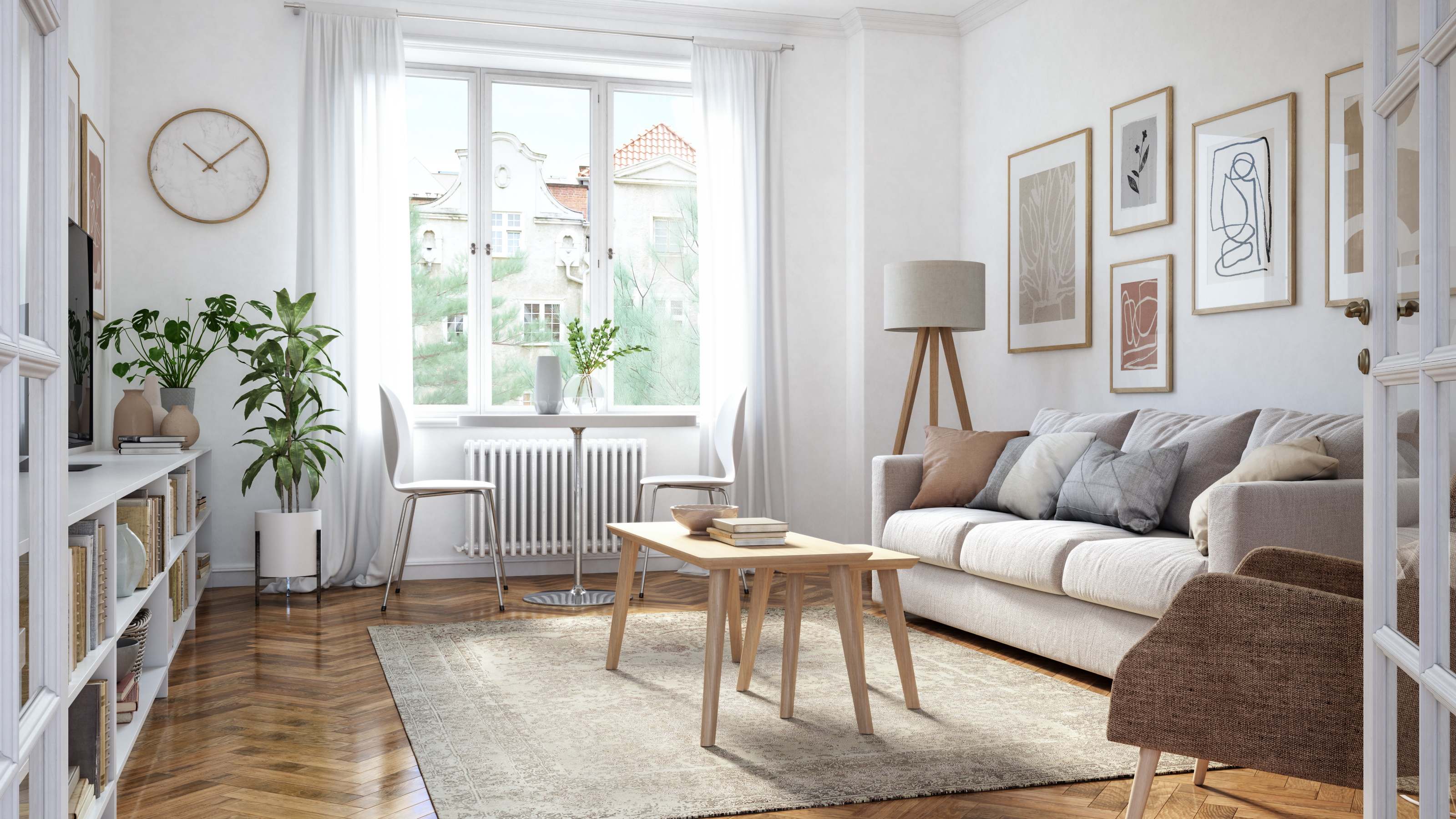
FAQs
What is the cheapest type of window to install?
White casement uPVC windows are the cheapest type of window to install, with prices ranging from £580 to £1,310. These windows typically have an opening light on the side or top, with a single or pair of opening windows in one frame.
Modern widow designs have also vastly improved the options for uPVC and they're no longer only chunky white frames that don't suit period homes.
However, the cheapest option may not necessarily be the best choice for your home. For example, white uPVC windows may not suit the style and age of your property, or may not even be permitted under planning regulations. Your location may mean that environmental factors need to be considered, too.
You may have ‘marine grade’ requirements if you live by the sea, for instance, or the need for specialist noise-reducing windows in a city centre or near a busy road. A good window supplier will advise on all these considerations.
How much more do triple-glazed windows cost?
"There is usually a 30% increase when upgrading from double to triple glazing," comments Rachael Munby from Anglian Home Improvements.
30-40% is a big increase, but should be weighed up against future energy cost savings and other benefits of triple-glazed windows, such as sound reduction and comfort.
"Which type suits a home better really depends on a homeowner’s individual requirements and priorities," Rachael continues. "Triple glazing ensures minimal sound passes through the windows and helps to keep heat inside and, with energy prices increasing year on year, this can be very beneficial.
"However, the extra pane of glass doesn’t allow as much direct sunlight through so there is less natural light in the home."
"It's also worth noting that homeowners don’t just have to stick to one type of glazing throughout their home either, as some rooms will benefit from one over the other, " adds Anglian's Rachael.
"For example, triple glazed windows work better when there is less direct sunlight and therefore little benefit to be had from the sun’s energy, such as north facing windows. Having a mixture of glazing can alter the cost but often provides the best results for the customer, both financially and in the performance of their windows."
What additional costs are there when replacing existing windows?
Removing existing and installing replacement window is likely to result in some degree of damage to the head or reveals, even if only cosmetic. You may need to engage a plasterer or carpenter to make good to external masonry or timber cladding and internal finishes.
If your property has older timber windows, which provide their own support, you will also need to factor in the expense of installing new support in the form of a concrete or steel ‘Catnic’ type lintel. (Some good quality or well maintained timber windows can be repaired with new glazing. Take a look at our window repair guide to find out if you can fix yours.)
It is essential to check your quote and specifically verify whether making good is included and what that involves. For example, if you are having new uPVC windows installed, this may include uPVC reveals as opposed to plastering up to the windows, which you might prefer.
It could be more cost-effective to engage your own plasterer directly, which also helps prevent any inconsistencies from occurring during the fitting stage.
"Finishing trims for aluminium and timber windows and doors can be more expensive and specialised than uPVC so that’s another thing to bear in mind," adds Thames Valley Window Company's Ryan Schofield.
"Replacement timber windows and door installation can be more expensive depending on the complexity, if old single-glazed wooden windows are being removed and there is additional labour work included for example, e.g. brick cut-outs or new lintels."
How much value will new windows add to your home?
New windows, if chosen well, undoubtedly add value to your home, but quantifying this will depend on a number of factors.
At the very least, replacing old or damaged windows with more energy-efficient ones will reduce energy costs and be more attractive to a future buyer, and that's before you even consider any aesthetic enhancement to the property.
If your property has an attractive exterior, this can lead to faster sales and increase purchase prices by as much as 10%. However, the need to choose wisely is essential, as cheap uPVC windows could actually reduce the value of a period home.
Remember to obtain a certificate from your window installer to confirm that they are registered with a competent person programme, like Certass or FENSA. But what is a Fensa certificate? This means you will have automatic approval for building regulations without the need to apply. This certificate should be passed on when the property is sold.
If your property doesn’t currently have a ‘fire-escape’ window, now is the chance to include one. Whilst building regulations may not require it, it is a sensible choice and would be attractive to future buyers if you plan on selling your property.
Get the Homebuilding & Renovating Newsletter
Bring your dream home to life with expert advice, how to guides and design inspiration. Sign up for our newsletter and get two free tickets to a Homebuilding & Renovating Show near you.
Tim Phillips is an experienced senior quantity surveyor and estimator and has worked in the construction industry for over 35 years. He has worked on many varied projects in this time, for corporates, public bodies and private residential clients, managing multi-million budgets.
For the past 13 years, Tim has worked on a freelance basis, whilst managing his rental property portfolio. He has extensive experience of undertaking his own full-scale house renovations. He is also a speaker and expert at the Homebuilding & Renovating Shows.
